
The Lord of the Rings Trilogy on 4k Blu-ray (as well as in Digital 4k) may be the biggest 4k upgrade of the year. Of course, we’re talking about the Extended Versions of the films (what else would we be talking about!) that all together run a total of 726 minutes. That was a huge gift from Director Peter Jackson who delivered an extra 168 minutes of pure joy to LOTR fans shortly after the first DVDs of the theatrical versions were released.
For these 4k editions Jackson said he wanted to make the visuals and sound consistent in all three films in the The Lord of the Rings Trilogy, but more importantly throughout all six films that began with The Hobbit Trilogy produced ten years after LOTR. Jackson admits the three LOTR films were very inconsistent in terms of film process (the color timing in ‘Fellowship’ was analog while the sequels were done digitally), but with today’s technology they were able to be made more consistent throughout, including the extended footage. He also wanted to keep everything as shot (no reshoots or effects redoes) but use current technology to “remove and paint-out” any imperfections. Jackson said the films “never looked this sharp in the old days.”

On 4k Blu-ray there are some shots that are about as good as you could ever expect. The color is vibrant, details crisp, and the range of contrast impressive. In other shots the transfer quality doesn’t quite hit the same high marks, but that may have to do more with the way certain scenes are presented. For example, Galadriel and Arwen are always given a softer focus than other characters. There are also some shots you can find quips about, for example some of the forced perspective (used to make the Hobbit actors look smaller than other characters) does look a bit odd in today’s standards.
Overall though, there are rarely any films that have been given as good an upgrade as The Lord of the Rings Trilogy. Presented in 2160p resolution with High Dynamic Range compatible with both Dolby Vision and HDR10, this new 4k Blu-ray edition far surpasses all previous Blu-ray and DVD editions. And, with Dolby Atmos there has never been a better audio experience at home. This is reference quality through-and-through. Perhaps someday the upgraded films will make a run in the theaters again.
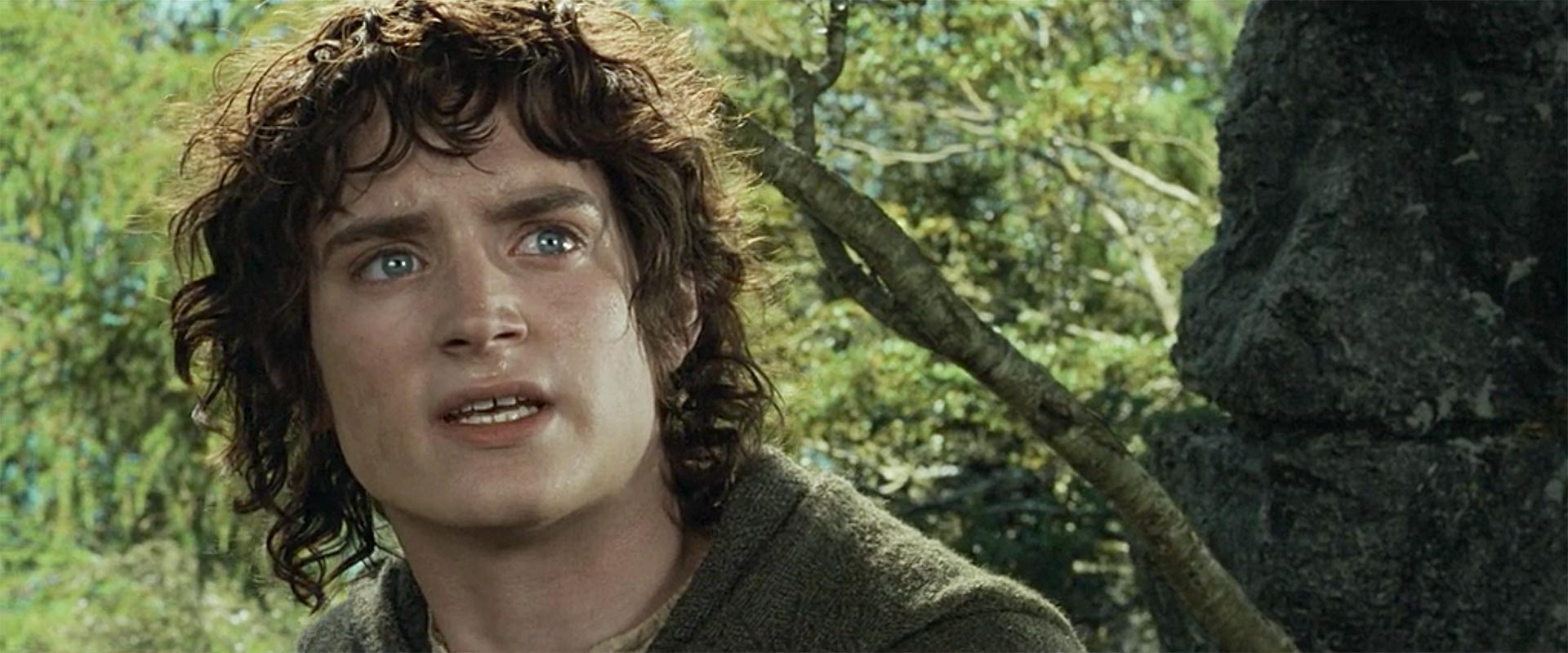
The Lord of the Rings: The Fellowship of the Ring
(Due to the extensive nature of the Trilogy we’ll be updating this review with further moments from the two sequels.)
The Movie
For many J.R.R. Tolkien fans, the first movie in Peter Jackson’s LOTR Trilogy may hold truest to the novels. It’s a bit slower-packed, less filled with action and special effects, and serves to properly introduce the characters, most of whom remain alive throughout the sequels (with the exception of Sean Bean, who coincidentally Benioff and Weiss killed off in the first episode of Game of Thrones).
The first film in the Trilogy could be likened to the original Star Wars movie in its modesty, but unlike the happy ending in ‘A New Hope’ the ‘The Fellowship of the Ring’ leaves viewers with a dark cliffhanger, and in that respect may be better compared to ‘The Empire Strikes Back.’ But the pace of the movie is what’s one of its biggest strengths.
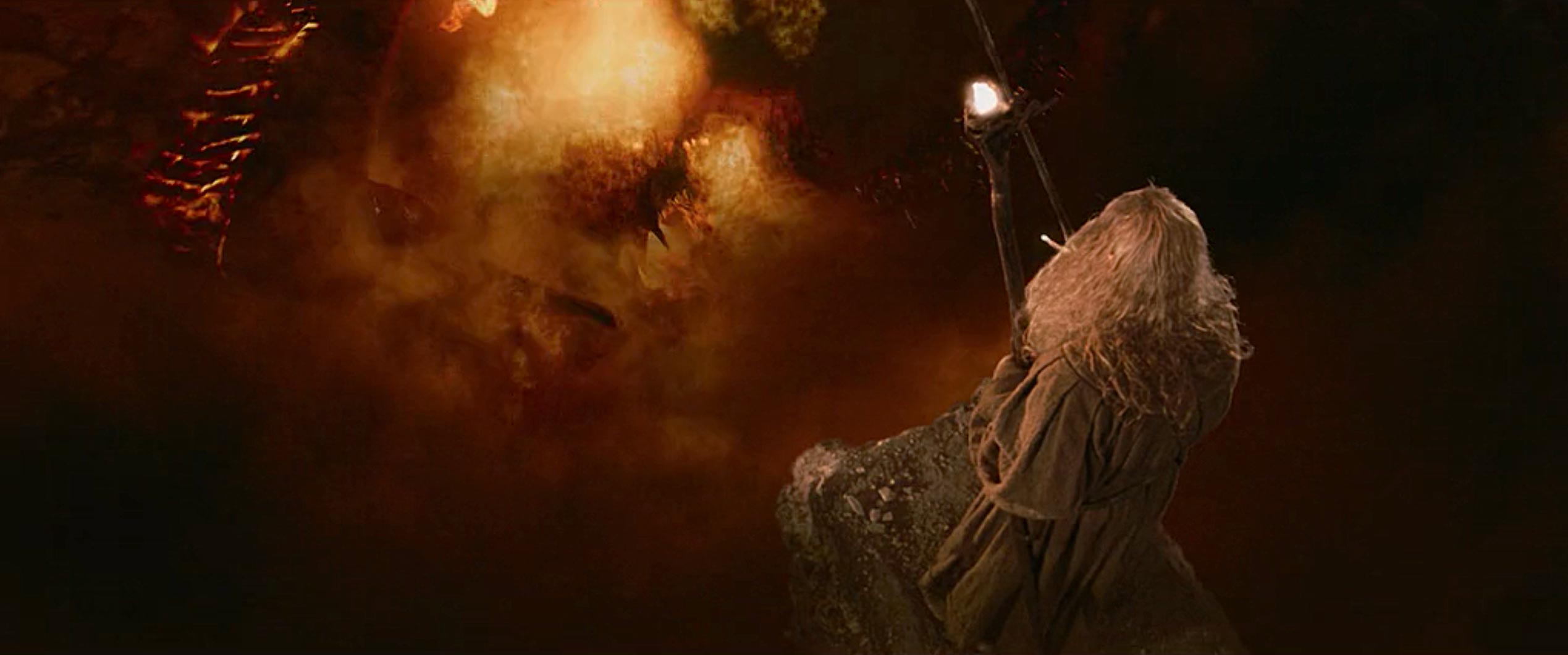
4k Video (Sharpness)
Sometimes increasing the sharpness of a video or still image can look like a bad attempt at increasing sharpness. But not with this 4k upgrade. The resolution looks totally natural as if 4k is the way the films were supposed to be viewed from day one. And it doesn’t seem like the color graders had to boost contrast to add sharpness (a trick that can punch up black levels to give the appearance of sharpness), rather, there is a smooth range of grey and color values that express the expanded color depth of 4k Blu-ray.
The Maps in LOTR of Middle Earth never looked so sharp, and neither have the shots of the ‘One Ring’ with carved inscriptions that are incredibly detailed, beautifully luminous, and perfectly legible (if you could read Elvish tengwar – if not, Galadriel provides the translation).
Hairy Hobbit feet! We always knew the Hobbits had hairy feet, but perhaps we forgot how hairy they were. Along comes this new 4k upgrade and although there are not many closeups of their feet you can almost count the Hobbity hairs when pausing the video.
Bilbo’s Birthday Party. Gandalf’s fireworks have never looked so detailed as they do in 4k with HDR. This is a low-light night scene that benefits from the expanded color range, so much you can almost count the candles on Bilbo’s 111th birthday cake – a slice of this particular scene that you might not have noticed before.
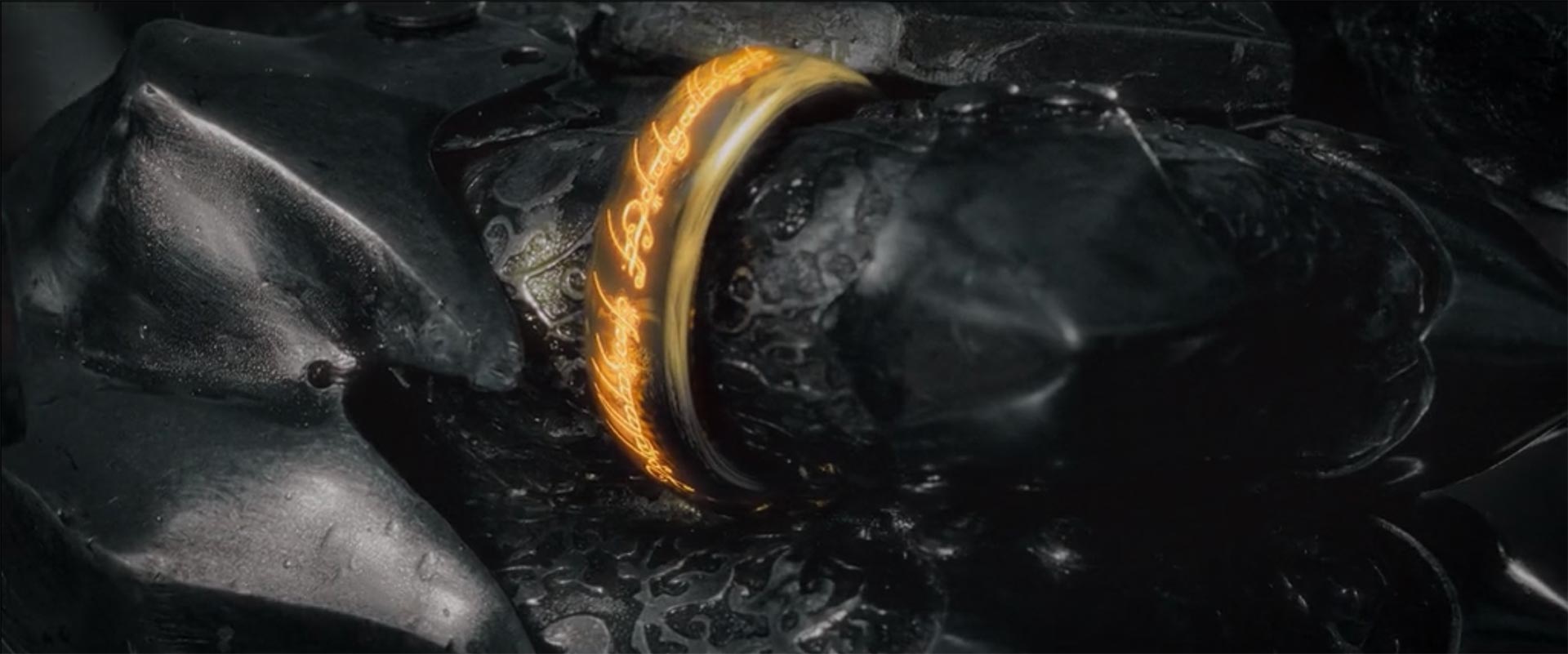
Video (Color Range)
The expanded color range on the 4k Blu-ray presentation of LOTR is incredible, with luminance levels unparalleled in scenes like the opening of the Trilogy at the battle of Mordor where the One Ring glows amidst a dark army of Sauron’s forces.
More of Golem’s Caves. The caves in which we first find Golem have never looked so detailed as they do in 4k HDR, adding levels of depth in the shadows that were not so evident before. It’s a quick shot in the Fellowship (only about 20 seconds) that introduces the mysterious and evasive Golem, but it’s a beautiful image that shows off HDR.
Gandalf’s Fall Into Darkness. The color range improvement is clearly evident when Gandalf battles the Balrog and the two fall into darkness. Not only is the imagery deep with color, it’s also sharp, making almost every frame a work of art. The visual effects of Balrog hold up wonderfully even after 20 years.
The Mines of Moria. When the Fellowship enters the mines of Moria we are taken deep into caverns and tunnels where the dwarves constructed incredible mazes and halls, the depths of which have been revealed much clearer on 4k TVs.
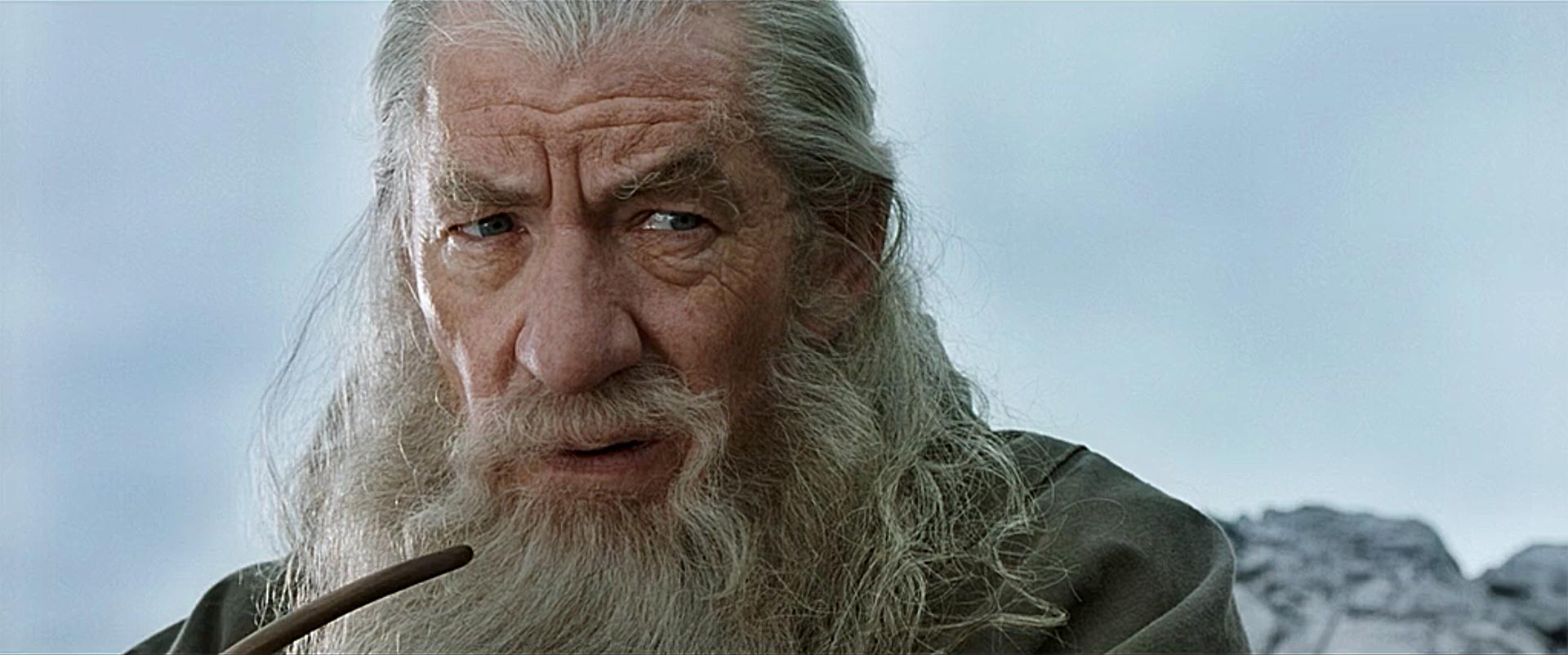
Audio Dolby Atmos/Dolby TrueHD 7.1
The upgraded audio isn’t as much of a jump as it is in video, as previous Blu-ray editions already featured incredible DTS-HD Master Audio 6.1 surround sound. But the Dolby Atmos capabilities expand the potential to distribute sound overhead and behind (with the right speaker system) and add other audio channel to the surround sound format.
We just mentioned The Mines of Moria where there is so much more image to see, but there is also more to hear. The whispers and whines of the orcs, deep thumps of the Belrog, and arrows whishing by are enhanced by the wide range of Dolby Atmos provided for these editions. One of the most chilling audio moments is when Pippin accidentally knocks a skeleton, chains and all, down into the depths of the mines. It’s an “audio moment” that is accentuated by how long it takes (almost 30 seconds) for the skeleton to reach the bottom.
Another audio moment is when the Fellowship attempts to take the Pass of Caradhras over the Misty Mountains but are ambushed by Saruman. The sounds of lightning, winds, and snow avalanches provide a good Atmos experience, especially in the subwoofer range.
And, we’d be remiss not to mention the soundtrack by Howard Shore (that in some respects is just as memorable as the film) that takes viewers on a journey just as the visuals and dialogue do. Shore won an Oscar for Best Music, Original Score for ‘The Fellowship of the Ring’ as well as two others for ‘The Return of the King.’
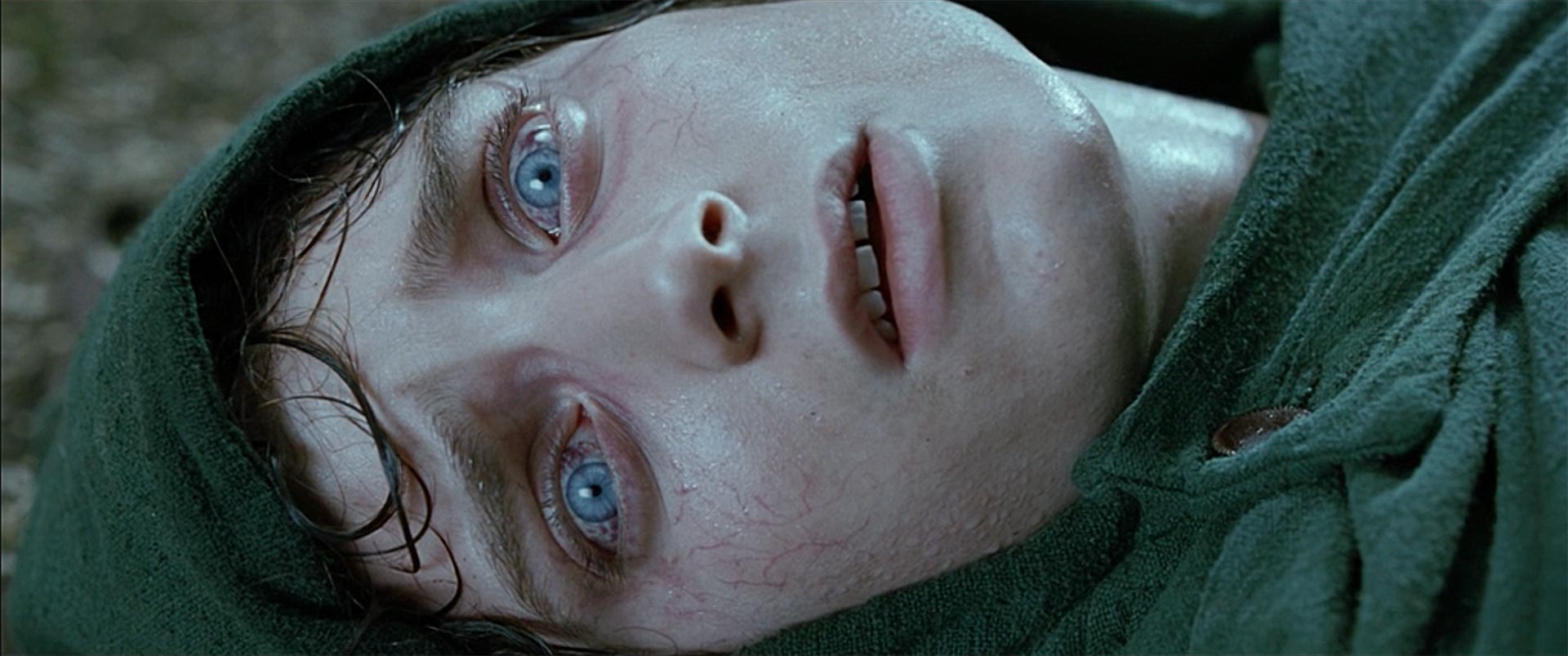
Summary
Watching The Lord of the Rings Trilogy in 4k with HDR is really like watching the film for the first time. Even though you may already have every scene memorized, the visual improvements are like candy for your eyes. Dim your lights, crank up the volume, and make some microwave popcorn for this binge-worthy home theater experience.
But please, before you watch LOTR in 4k or 4k with HDR, switch to movie or film mode on your Ultra HD TV. Why? There is no need for artificial enhancements with these discs. Perhaps equally as important, remove the smooth motion “soap opera” effect also in your TV’s settings. This is film, not “Days of Our Lives.”
Scores
Movie
5/5
Video
5/5
Audio
4/5
Bonus Material
NA
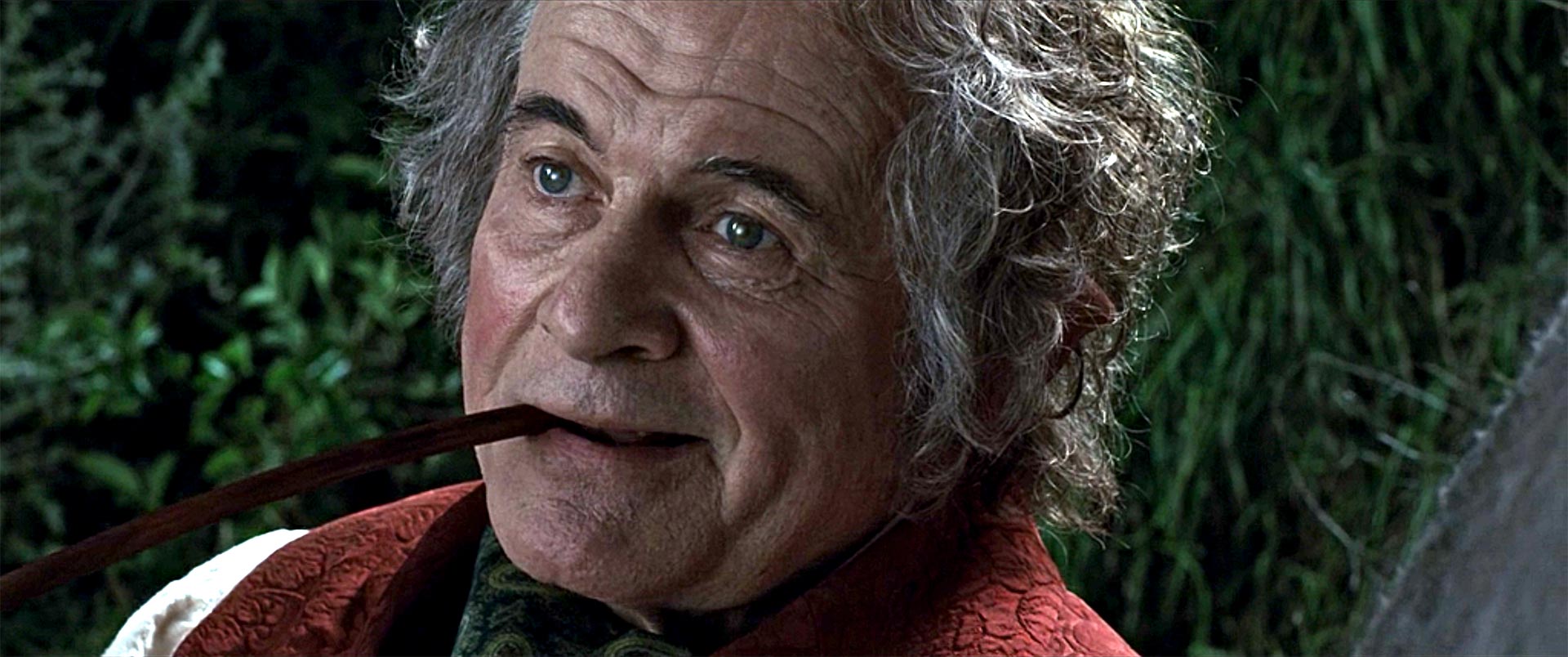
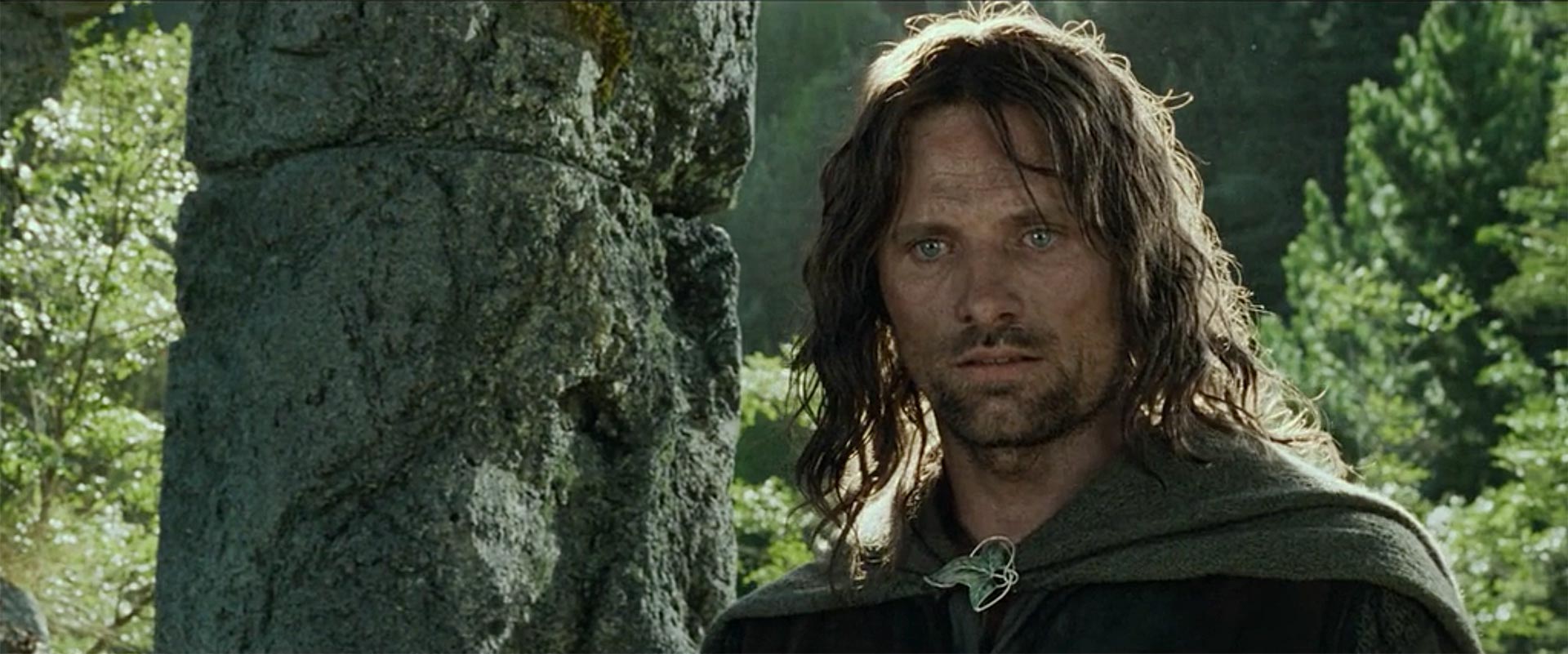
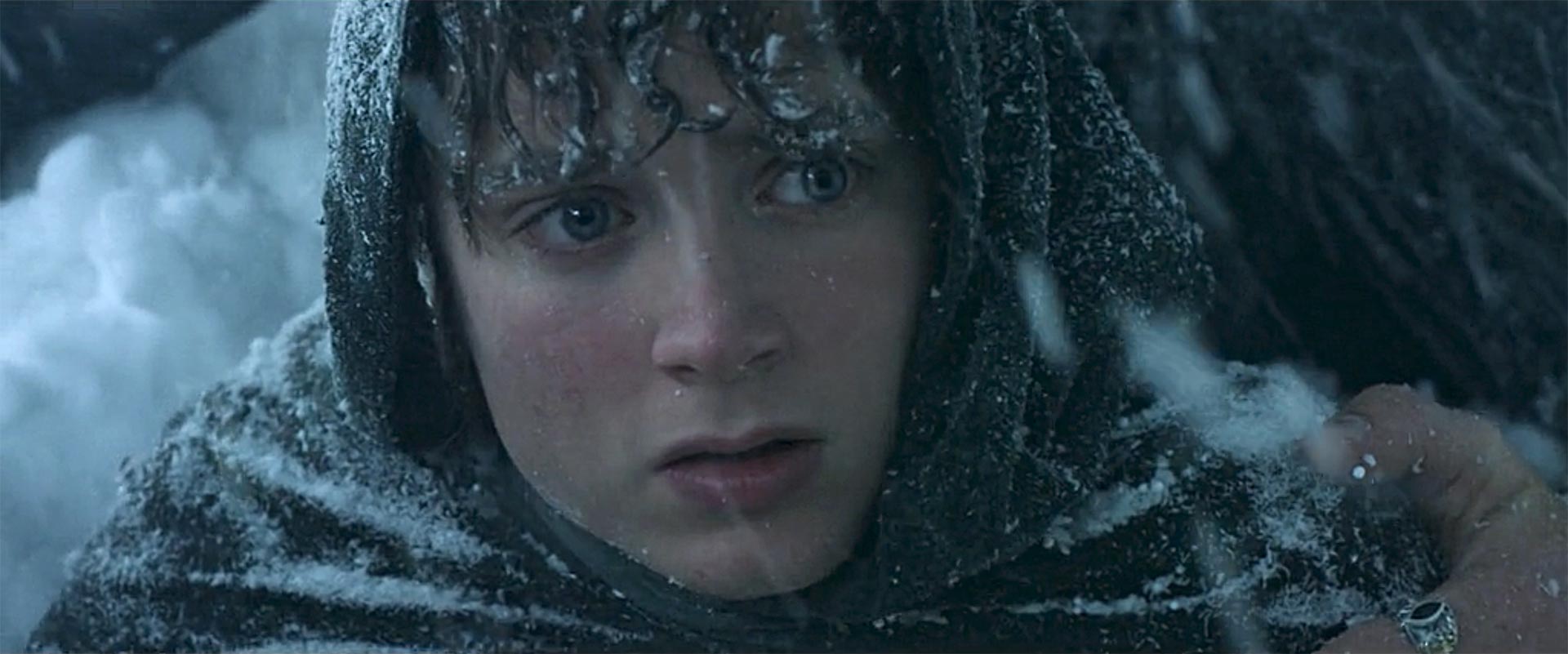
Screenshots taken from Digital 4k UHD presentation.
Updated: Original publish date Dec. 10, 2020
